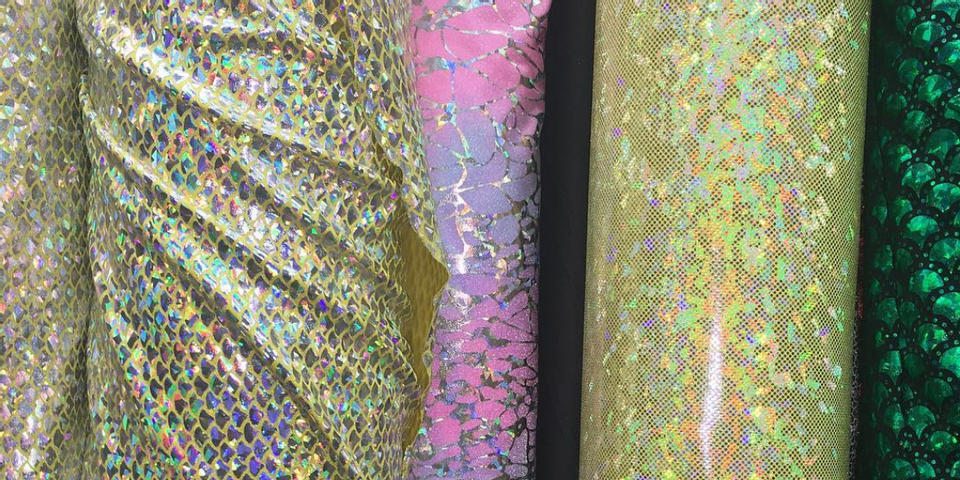
Spandex, also known as Lycra® or Elastane around the world, is a versatile material that you’ve probably worn before. Known as a stretchy fabric you find in swimsuits or leotards, it has become a staple of modern fashion in the 70 years since its inception.
The Origins of Spandex
Spandex—named as an anagram of “expands”—is a lightweight, manmade elastic fabric made up of a long chain polymer called polyurethane. It is considered an elastomer, meaning that it stretches under tension from four to seven times its initial length and returns to its original shape when stress on the material relaxes. It is stronger, lighter, and more versatile than rubber, which was the impetus for its existence.
Development of spandex came when World War II provoked astronomical prices for rubber, which the military needed to build equipment. High prices prompted scientists to create a synthetic alternative to the substance to balance the market. Textile chemist Joseph Shivers produced the first spandex fibers by 1959, and his employer DuPont later patented them as Lycra®. By 1962, the fabric became full-scale manufactured—initially replacing rubber in ladies’ undergarments and expanding to men’s and womenswear of all types and occasions.
Why It Works Well as Fabric
 Shiver’s revolutionary spandex fibers are mostly used in fabric nowadays due to their lightweight composition, versatility, and elasticity. They are easily dyed, they are soft yet resilient to wear and tear, and they repel perspiration and detergents. The fibers’ ability to work as 4-way stretch fabric makes them easy to move around in, and they have a variety of applications, from sports to performance wear.
Shiver’s revolutionary spandex fibers are mostly used in fabric nowadays due to their lightweight composition, versatility, and elasticity. They are easily dyed, they are soft yet resilient to wear and tear, and they repel perspiration and detergents. The fibers’ ability to work as 4-way stretch fabric makes them easy to move around in, and they have a variety of applications, from sports to performance wear.
The spandex fibers are spun with other types of fibers—cotton, rayon, polyester, and nylon primarily—to create fabrics that have characteristics of both. Milliskin, for example, is a nylon spandex fabric commonly used for items like swimsuits, dancewear, and active wear. This nylon spandex can also have layers of metallic printed on top to create a stunning holographic fabric—popular for costuming. And if these fibers are stitched more loosely, they become a sheer stretch mesh that you’ll find on everything from wedding gowns to ice skating costumes.
With the nearly limitless variety that spandex can offer, we at Spandex House, Inc., have a selection to meet those weighty expectations. To request a quote for any of our fabrics, call us at (212) 354-6711 today.
About the Business
Have a question? Ask the experts!
Send your question

